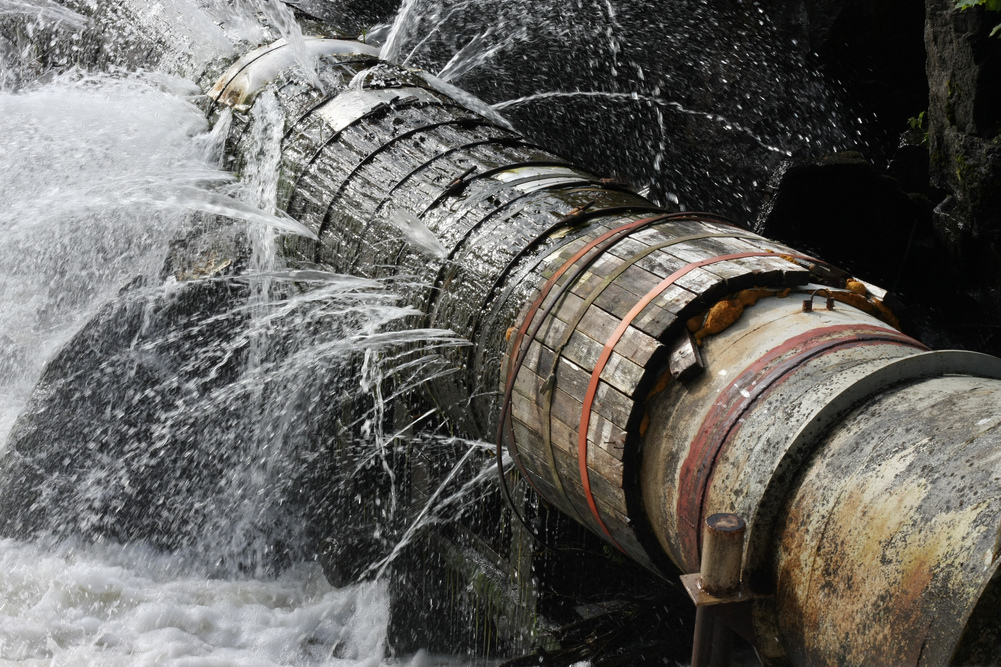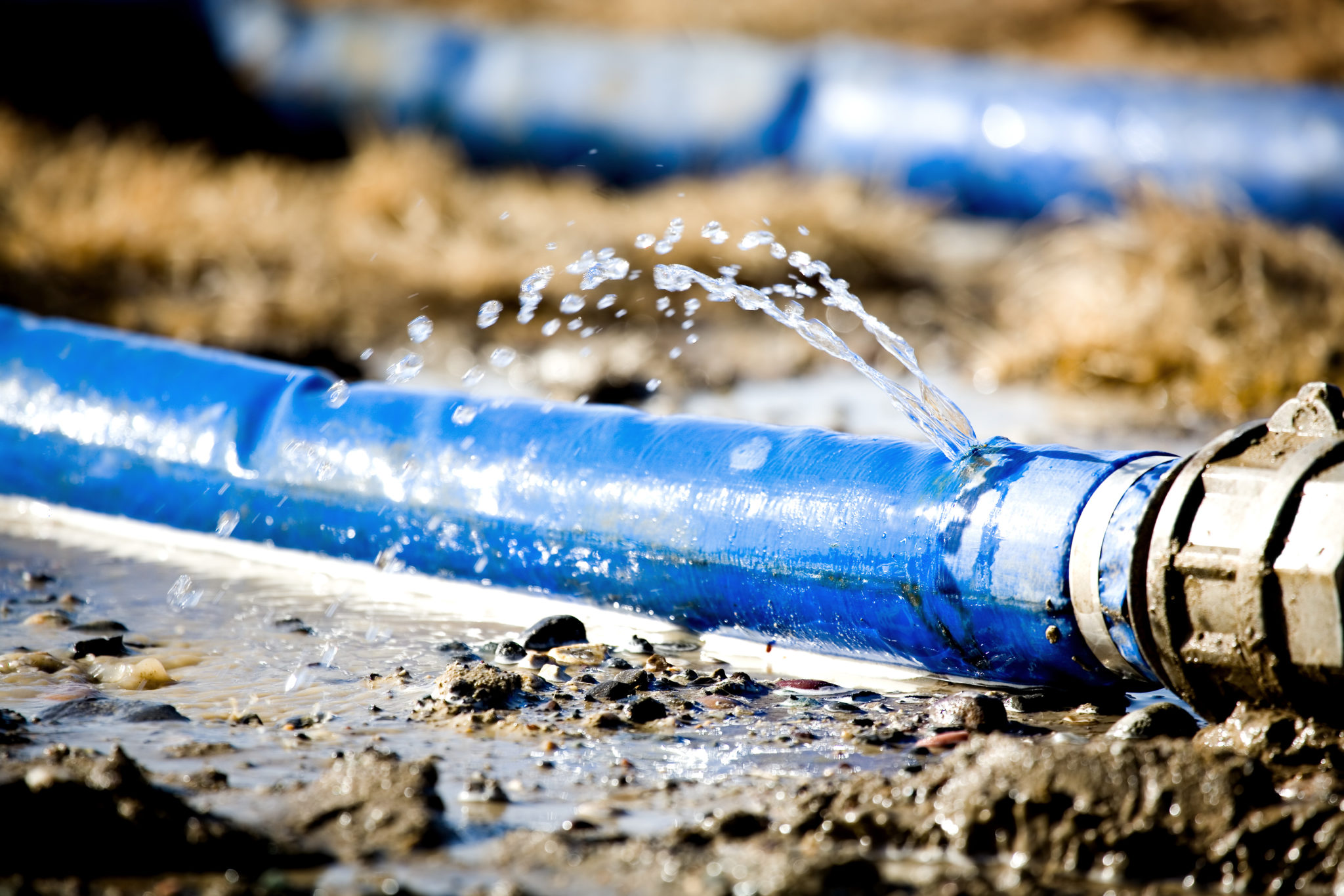We have stumbled upon this article on What to Know Before Installing a Dishwasher directly below on the web and figured it made perfect sense to talk about it with you here.

A ruptured pipe is a major emergency; you can only stand as you watch water you pay a lot to reunite with the planet. In even worse cases, you notice a pool on your kitchen floor, which is a terrific journey hazard, specifically if you have kids around. If the pipeline that ruptured remained in your walls, problem: you may need to paint that entire section.
Exactly how can a calamity like a ruptured pipeline be prevented and managed? Well, by paying attention to your expert emergency plumbing professionals and adhering to these rules.
Exactly how do I recognize when my pipes have burst?
Varying water stress
Pipelines do not simply burst in a day. You may have discovered that your kitchen tap or shower does not run immediately when you turn the tap. It might stop for a few secs and then blast you with even more force than usual.
In various other instances, the water may appear normal in the beginning, then drop in pressure after a few secs.
Damp wall surfaces and also water discolorations
Before a pipeline ruptureds, it will certainly leak, the majority of times. If this consistent dripping goes undetected, the leakage might graduate into a vast wound in your pipe. One simple means to prevent this emergency is to look out for wet walls ad water stains. These water spots will certainly lead you right to the leakage.
Puddles under pipes and also sinks
When a pipe ruptureds, the outflow develops a puddle. It may appear that the pool is expanding in size, as well as no matter how many times you mop the puddle, in a couple of minutes, there's one more one waiting to be cleaned. Typically, you might not have the ability to map the pool to any type of noticeable pipelines. This is an indicator to call a professional plumber.
Untraceable leaking noises
Pipe bursts can happen in one of the most undesirable places, like within concrete, inside walls, or under sinks. When your home goes quiet, you may be able to hear an annoyingly relentless trickling sound. Even after you've inspected your shower head as well as kitchen area tap, the trickling might proceed.
Precious visitor, the dripping might be coming from a pipeline inside your wall surfaces. There isn't much you can do regarding that, other than tell a professional plumber.
Shut down the Water
When water ices up, it expands in volume by regarding 9 percent. And also it expands with incredible pressure: The stress inside pipelines might go from 40 extra pounds per square inch to 40,000 psi! No pipe can hold that much stress, so it breaks open. The break might occur where the ice types, however more often, it takes place where water pressure finds a vulnerable point in the pipe. That might be inches and even feet from the frozen location. Find the water shutoff valve and also shut off the water to prevent even more damages. You might additionally need to shut off the electricity too, depending on where the leakages happens as well as just how huge it is.
Contaminated water
Many individuals presume a ruptured pipeline is a one-way electrical outlet. Fairly the contrary. As water spurts of the hole or tear in your plumbing system, contaminants locate their way in.
Your water might be contaminated from the resource, so if you can, check if your water storage tank has any type of troubles. Nevertheless, if your alcohol consumption water is supplied and also cleansed by the local government, you ought to call your plumber quickly if you see or smell anything funny in your water.
What do I do when I identify a burst pipeline?
Your water meter will continue to run also while your water wastes. To reduce your losses, locate the main controls as well as turn the supply off. The water mains are an above-ground framework at the edge of your residential or commercial property.
How to Fix & Detect a Leaking Pipe
How Do I Know if a Pipe is Leaking?
Leak detection tests can help you determine if your pipe has a leak. Even if you don’t see an apparent leak, you should still conduct leak detection tests regularly to save water and money—and prevent major damage to your home.
- Water meter. It can be helpful to figure out what your usual water meter usage numbers are and then monitor them regularly. To monitor your meter, first, turn off all water faucets in your home. Check the meter and write down the numbers. In a few hours, check the meter again. If the numbers have changed, you have a leak.
- Water gauge. Use a water gauge to test your water pressure. Your showerhead should produce a certain amount of water pressure based on its model and design. If the pressure is lower than it is supposed to be for that specific showerhead, your home likely has a leak.
- Puddles. Look inside your bathroom, laundry, and kitchen sink cabinets. Puddles around the cabinets or around toilets, tubs, showers, and washing machines indicate the presence of a leaking pipe. You may also notice loose tiles, peeling or flaking paint, or mold caused by water accumulation.
- Napkin test. Even if you don’t see any puddles, you may still have a leak. You can test for water leaks in the bathroom, laundry, and kitchen by wiping below-sink connections with a napkin, paper towel, or piece of toilet paper. If it becomes damp, you probably have a leaking pipe under the sink.
- Discolored walls. Walls that are discolored—usually with brown or yellow stains—or bulging might mean that they have been impacted by water damage caused by a leaking pipe.
- Smell. A leaky pipe will create sitting water, and over time, that water may develop a musty smell. If your home smells musty, but you can’t locate the source, it may be due to a leak.
Steps for Fixing a Leaking Pipe
- A leaky drain can be remedied by tightening the pipe base, replacing the drain seal, caulking the rim, and tightening the pipe nut.
- Similarly, a leaking toilet pipe can be treated by tightening the packing nut. You may also need to replace the valve.
- A leaky faucet may just need tightening or replacement of the washers. If that doesn’t work, consider replacing your faucet.
- If your pipe has a hole in it, you may want to use a pipe leak sealer or pipe leak tape. This quick fix for water pipe leaks can also temporarily fix a copper pipe leak.
https://www.ahs.com/home-matters/quick-tips/how-to-tell-if-pipes-are-leaking/

I'm very serious about How to Prepare for Your Dishwasher Installation and I am assuming you enjoyed reading my page. Sharing is good. Helping people is fun. Thanks so much for going through it.
Drains blocked? Dial.
Comments on “Noticing and Efficiently Addressing a Leaking Pipe: How to Know”